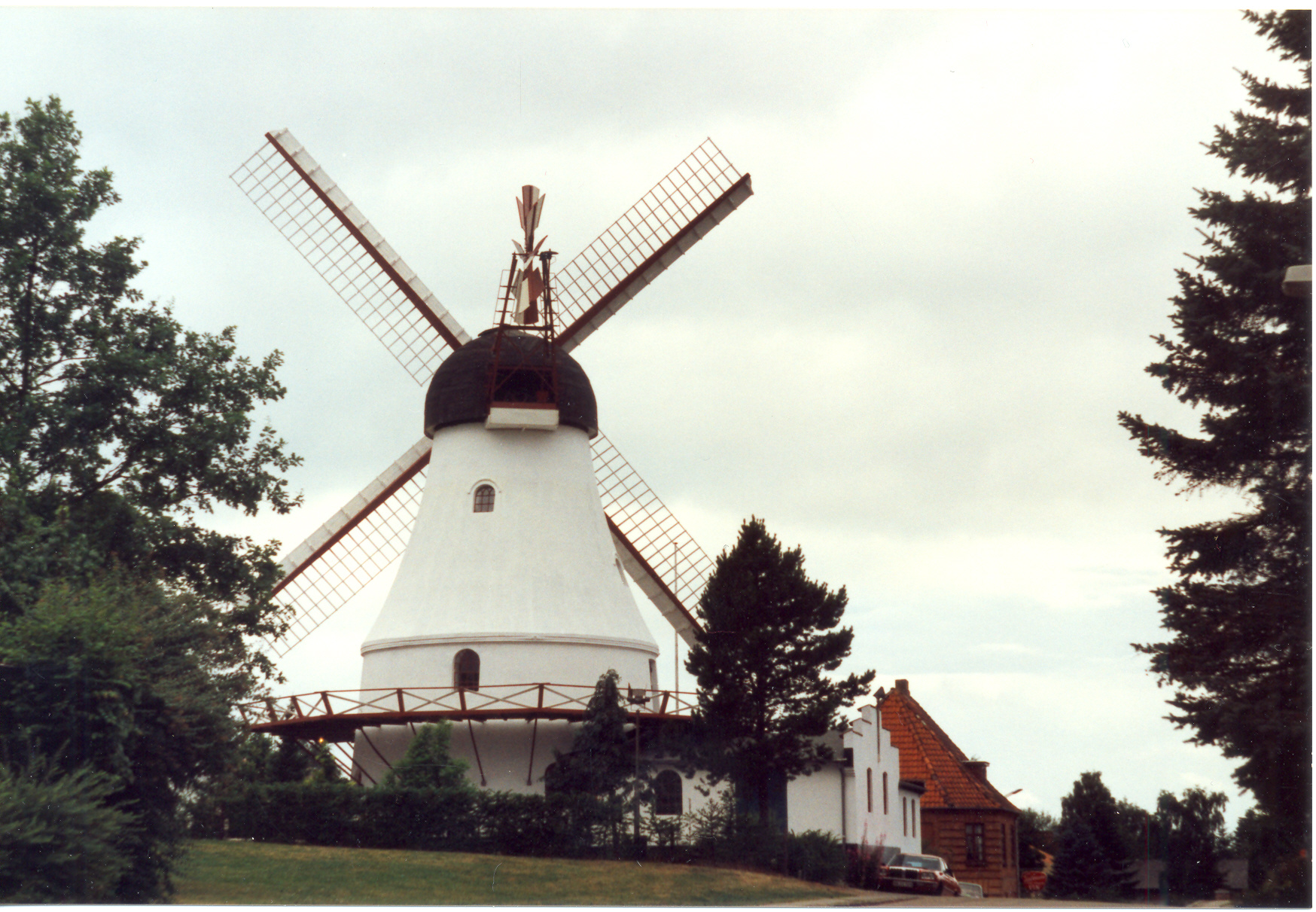|
Brande Railway Station
Brande station is a railway station serving the railway town of Brande in Central Jutland, Denmark. Brande station is located on the Vejle-Holstebro railway line. The station opened in 1914 with the opening of the Give-Herning section of the Vejle-Holstebro Line. The station building was designed by the Danish architect Heinrich Wenck. The stations offers direct InterCityLyn services to Copenhagen and Struer operated by the railway company DSB as well as regional train services to Vejle, Herning and Struer operated by Arriva. See also * List of railway stations in Denmark References Citations Bibliography * External links Banedanmark– government agency responsible for maintenance and traffic control of most of the Danish railway network DSB– largest Danish train operating company Arriva– British multinational public transport company operating bus and train services in Denmark Danske Jernbaner– website with information on railway history The history of ... [...More Info...] [...Related Items...] OR: [Wikipedia] [Google] [Baidu] |
Railway Station
Rail transport (also known as train transport) is a means of transport that transfers passengers and goods on wheeled vehicles running on rails, which are incorporated in tracks. In contrast to road transport, where the vehicles run on a prepared flat surface, rail vehicles (rolling stock) are directionally guided by the tracks on which they run. Tracks usually consist of steel rails, installed on sleepers (ties) set in ballast, on which the rolling stock, usually fitted with metal wheels, moves. Other variations are also possible, such as "slab track", in which the rails are fastened to a concrete foundation resting on a prepared subsurface. Rolling stock in a rail transport system generally encounters lower frictional resistance than rubber-tyred road vehicles, so passenger and freight cars (carriages and wagons) can be coupled into longer trains. The operation is carried out by a railway company, providing transport between train stations or freight customer facilit ... [...More Info...] [...Related Items...] OR: [Wikipedia] [Google] [Baidu] |
Vejle
Vejle () is a city in Denmark, in the southeast of the Jutland Peninsula at the head of Vejle Fjord, where the Vejle River and Grejs River and their valleys converge. It is the site of the councils of Vejle Municipality ('' kommune'') and the Region of Southern Denmark. The city has a population of 60,231 () making it the ninth largest city in Denmark. Vejle Municipality has a population of 119,007 () making it the fifth largest municipality in Denmark. The city is part of the Triangle Region, which includes the neighbouring cities of Kolding and Fredericia and it is located 110 kilometres (68 miles) north of Germany. Vejle is most known for its forested hills, fjord, harbour, shopping, pedestrian mall, and windmill. History The word "Vejle" derives from the Old Danish word ''wæthel'', meaning "ford" or "wading place" due to its location at a busy crossing over Vejle River. During Viking times, the wetlands around Vejle had to be crossed at the Ravning Bridge, a nearly hal ... [...More Info...] [...Related Items...] OR: [Wikipedia] [Google] [Baidu] |
Railway Stations In The Central Denmark Region
Rail transport (also known as train transport) is a means of transport that transfers passengers and goods on wheeled vehicles running on rails, which are incorporated in tracks. In contrast to road transport, where the vehicles run on a prepared flat surface, rail vehicles (rolling stock) are directionally guided by the tracks on which they run. Tracks usually consist of steel rails, installed on sleepers (ties) set in ballast, on which the rolling stock, usually fitted with metal wheels, moves. Other variations are also possible, such as "slab track", in which the rails are fastened to a concrete foundation resting on a prepared subsurface. Rolling stock in a rail transport system generally encounters lower frictional resistance than rubber-tyred road vehicles, so passenger and freight cars (carriages and wagons) can be coupled into longer trains. The operation is carried out by a railway company, providing transport between train stations or freight customer faciliti ... [...More Info...] [...Related Items...] OR: [Wikipedia] [Google] [Baidu] |

